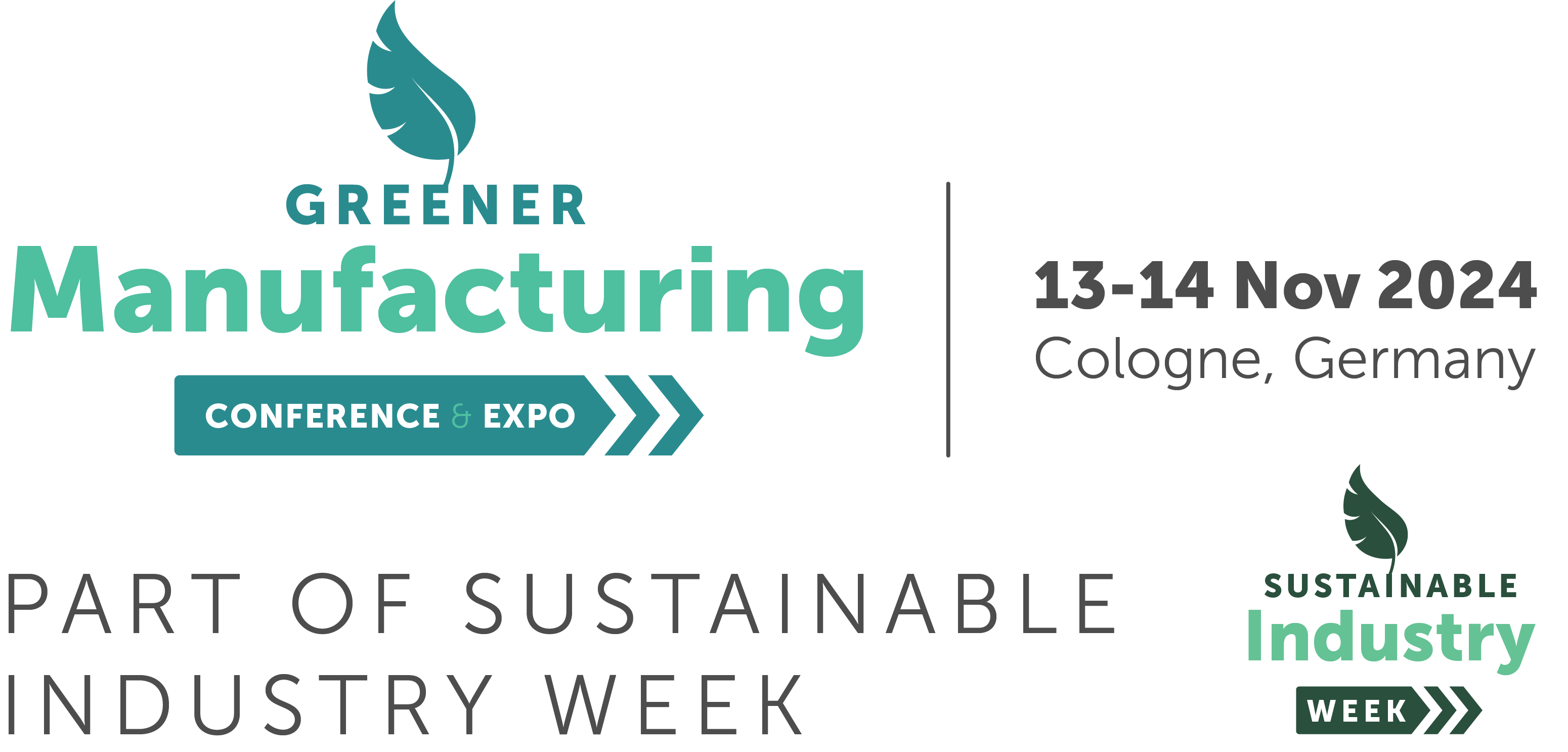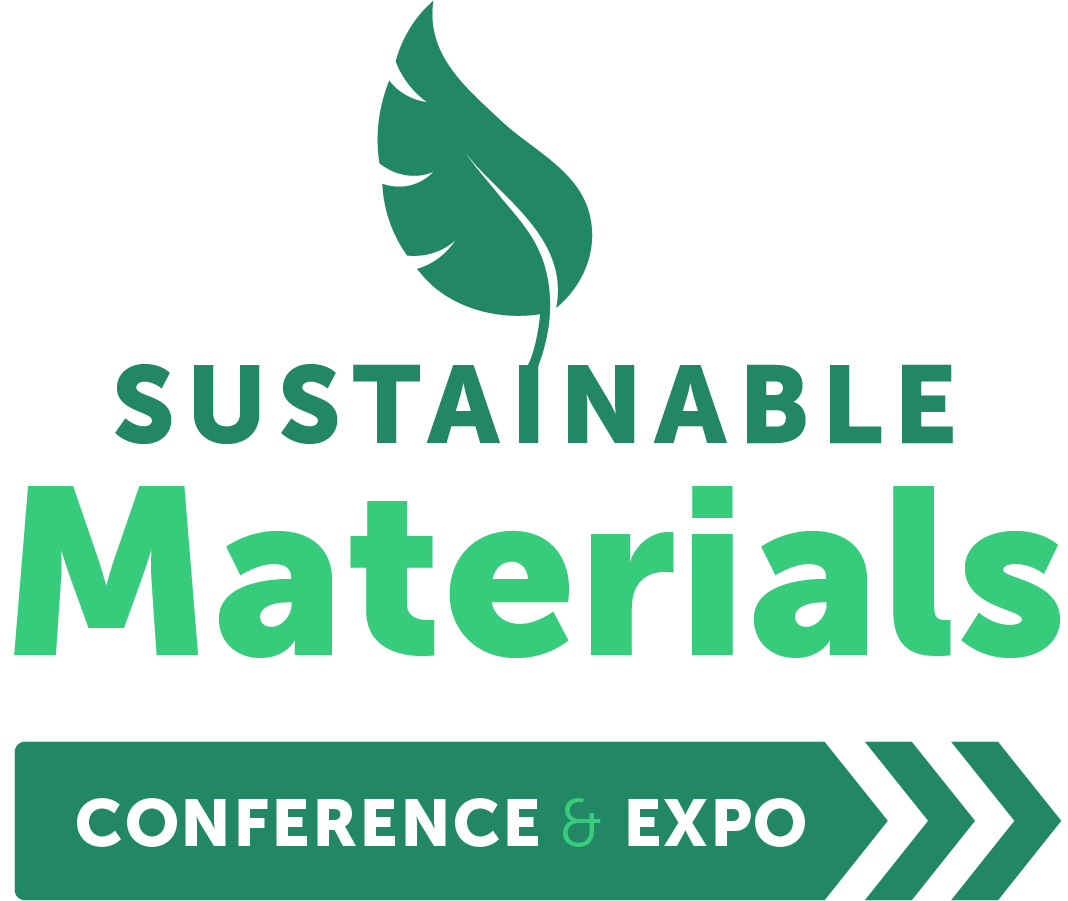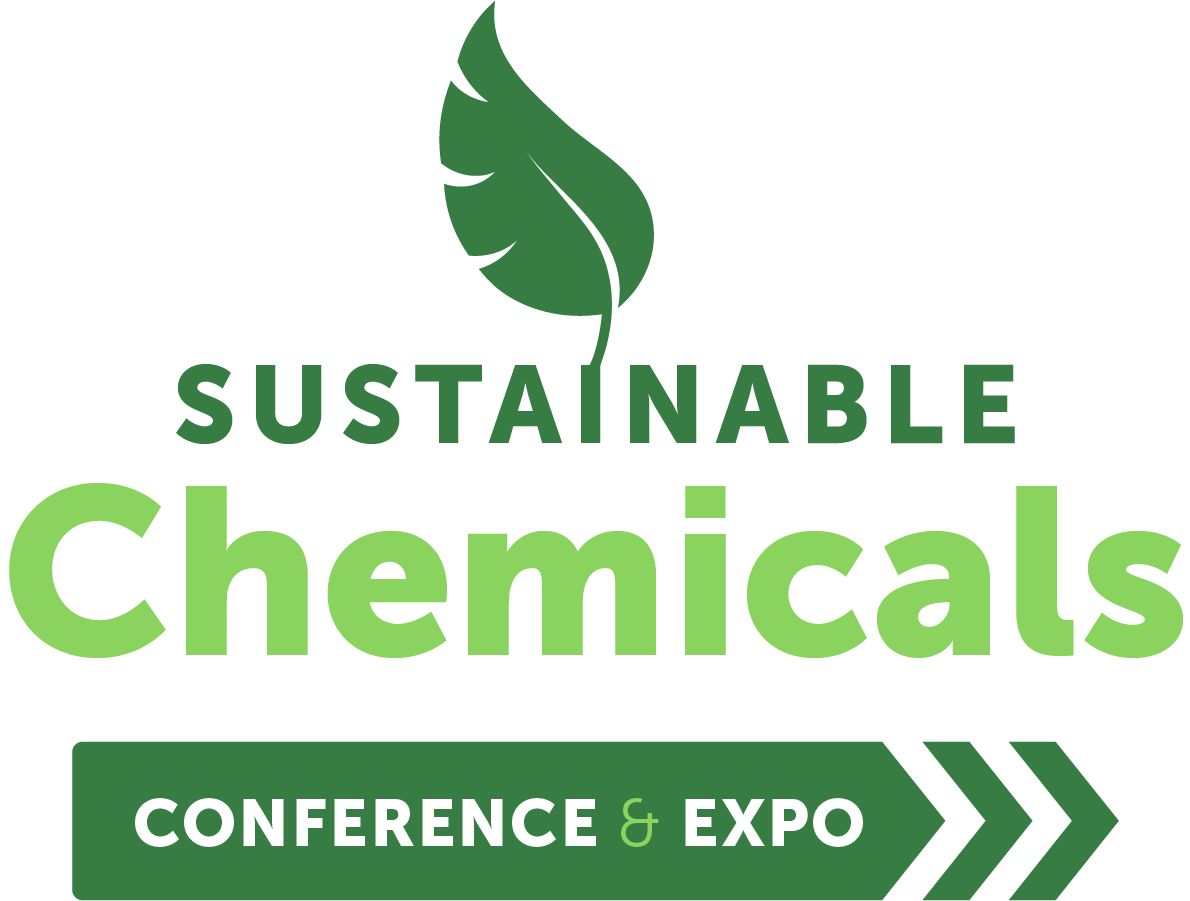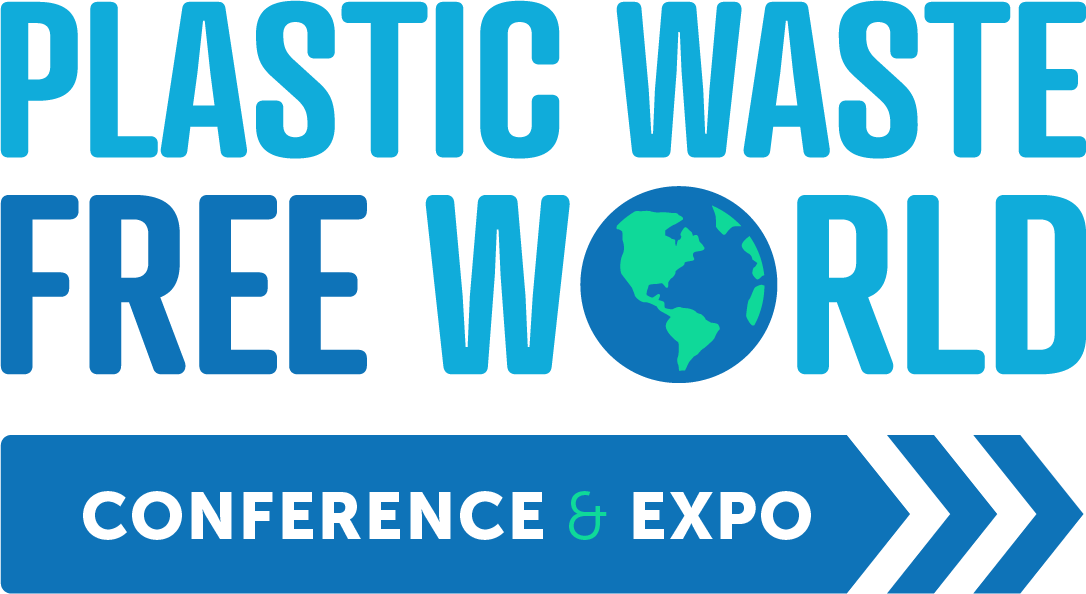The Potential of Biodegradable Plastic in the Environment and How to Evaluate It
09 Nov 2023
Consumer Goods & Retail Packaging
Every year, millions of tons of plastic end up in the environment - with drastic consequences. Although the public focus is on littering, there are many other sources of plastic in the environment.
Abrasion from tires and shoes, paint and outdoor gear, wear and tear on fibers and textiles, loss from agricultural, aquaculture and fisheries use, and intentional release of plastics are in addition to the systematic input of plastic waste into soils, rivers, lakes and the ocean from the lack of proper waste management in some markets.
While some of these pathways can and must be stopped at the source, others will continue to contribute to the accumulation of plastic in nature.
Environmental biodegradability must be considered as part of the solution to a plastic-free world, and must be based on reliable data derived from trustworthy, environmentally relevant testing.
Only then can the entire life cycle of a new material be comprehensively assessed, its sustainability measured and compared with conventional materials in an unbiased manner.
We explain a multi-tier test scheme of reliable and environmentally relevant methods that fills this gap. Results include the evidence of biodegradability, the assessment of biodegradation rates in relevant conditions and environmental impact. The data can then be used for Life Cycle Assessments and Life Cycle Impact Assessments and thus to evaluate any plastic material or product. Based on the SAPEA (Scientific Advice for Policy by European Academics) report we also give an overview on the existing standard test methods and specifications.
Abrasion from tires and shoes, paint and outdoor gear, wear and tear on fibers and textiles, loss from agricultural, aquaculture and fisheries use, and intentional release of plastics are in addition to the systematic input of plastic waste into soils, rivers, lakes and the ocean from the lack of proper waste management in some markets.
While some of these pathways can and must be stopped at the source, others will continue to contribute to the accumulation of plastic in nature.
Environmental biodegradability must be considered as part of the solution to a plastic-free world, and must be based on reliable data derived from trustworthy, environmentally relevant testing.
Only then can the entire life cycle of a new material be comprehensively assessed, its sustainability measured and compared with conventional materials in an unbiased manner.
We explain a multi-tier test scheme of reliable and environmentally relevant methods that fills this gap. Results include the evidence of biodegradability, the assessment of biodegradation rates in relevant conditions and environmental impact. The data can then be used for Life Cycle Assessments and Life Cycle Impact Assessments and thus to evaluate any plastic material or product. Based on the SAPEA (Scientific Advice for Policy by European Academics) report we also give an overview on the existing standard test methods and specifications.






